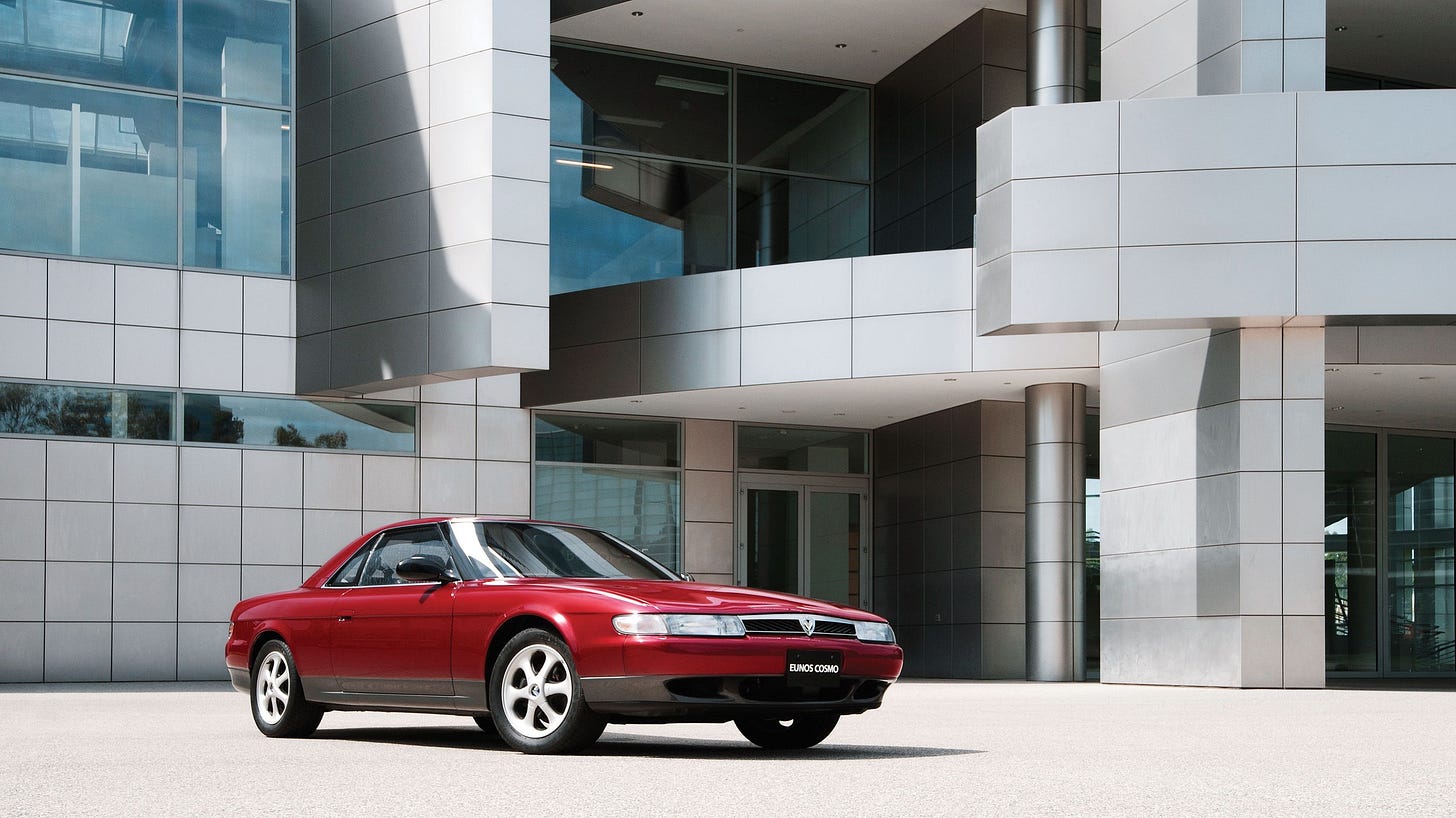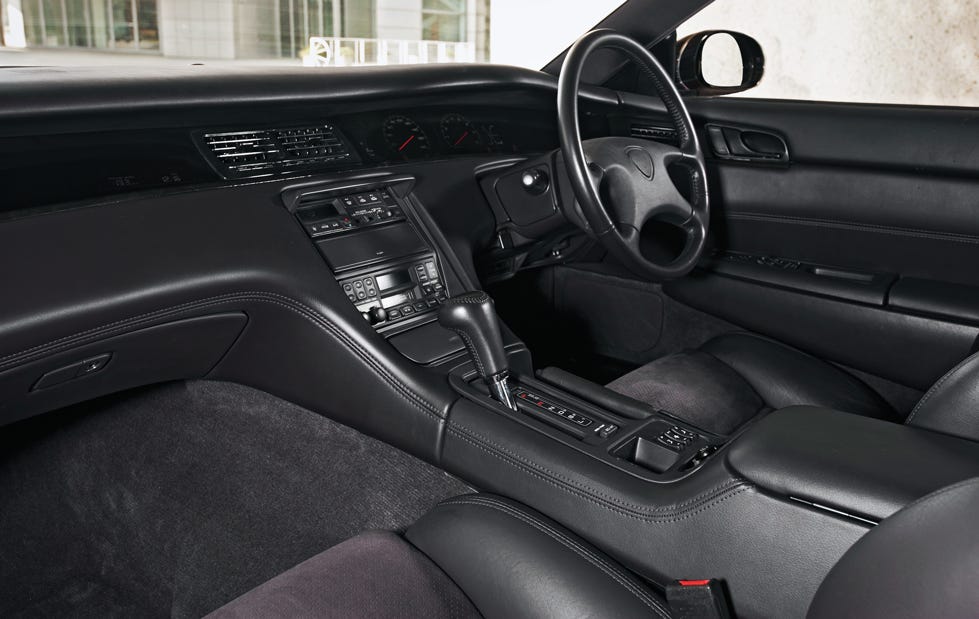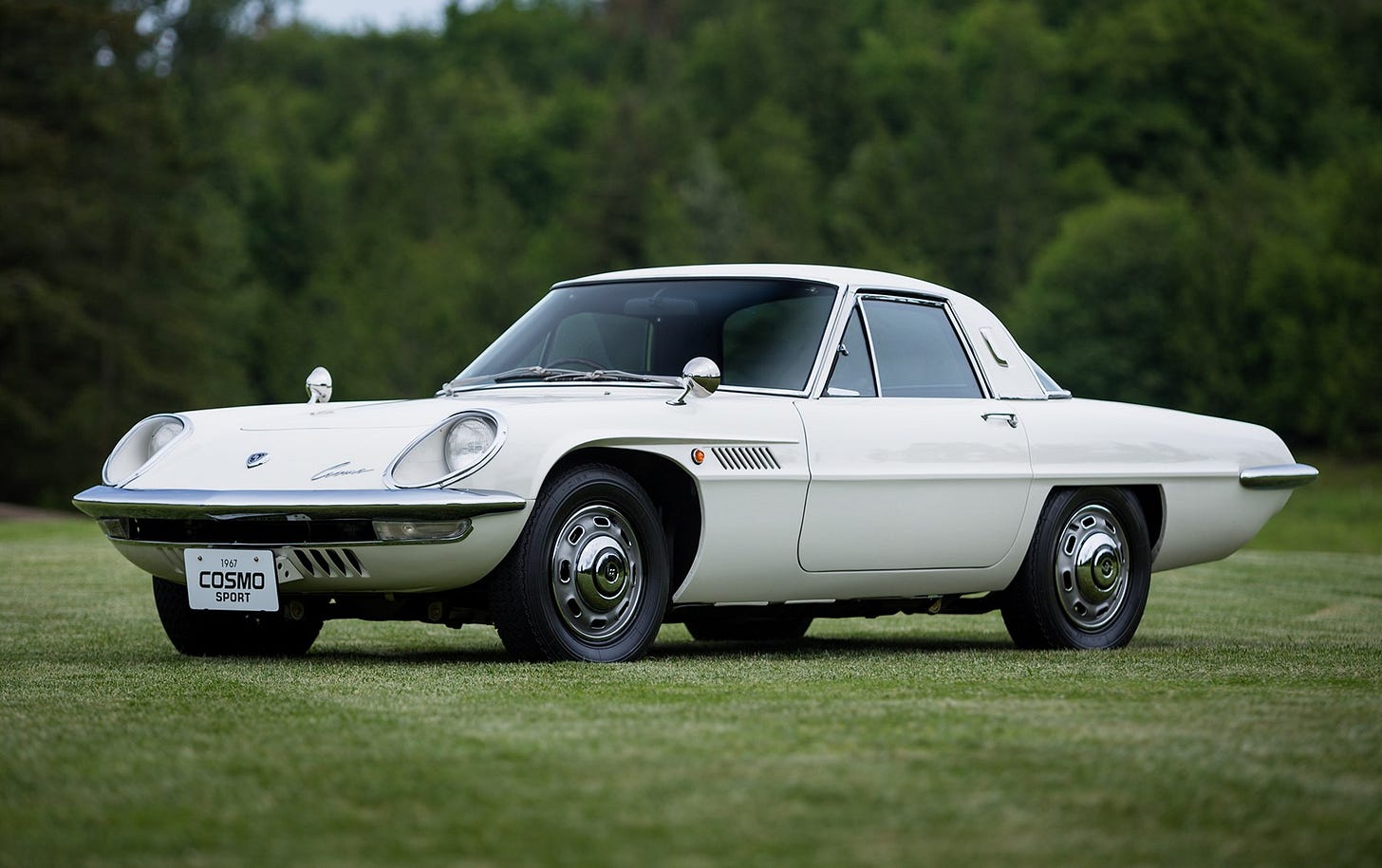I Thought I Knew Everything: Quick Jump
People close to me know that I have a shameless obsession when it comes to cars. Can’t help it. My mother likes to tell the story of pointing out what she thought was a Volkswagen Beetle but I corrected and said it’s an Audi TT.
I was 3 and have no recollection of this traumatizing event.
Now that my brain is fully developed, I can provide factual amusement when it comes to such radical transportation sprinkled throughout automotive history of which there is a lot of. You could say I’m a voracious reader of such atrocities that made it onto the streets for better or worse.
What wasn’t anticipated this week was for me to go down the Mazda rabbit hole. And not for the first time. My obsession with small cars is clear with my owning a Miata and wanting to try out something that shrinks even further in the R360. That, I might have to go to Japan for.
When I was diving into the catacombs of the internet that blurt out Mazda material I came across something I hadn’t heard of. But first, some backstory.
In the 1980s, Toyota decided it needed a luxury arm to compete against the giants of Germany. What it had going for it was a reputation for quality and reliability that it could elevate into a premium ownership experience that BMW nor Mercedes-Benz couldn’t match.
Its first-ever automobile in the Lexus LS400 made quite the splash. It was not class-leading in most metrics but rather, the right set of ingredients combined with Japanese reliability made it an appealing option, setting the precedent for others to follow. Soon after, Honda and Nissan launched Acura and Infiniti respectively.
But what about Mazda? Well, this is a company that is known for being behind the curve. This is both a good and bad thing as it can avoid design fads and feature failures, but miss out on opportunities at crucial times. Its biggest largest oversight was getting its own luxury car company off the ground.
Amati was supposed to face off against Japanese and overseas rivals with its own lineup of cars. What boosted Lexus’s, others’ rise of popularity was Japan’s fiscal boom in the late Eighties known as the Bubble Economy. Mazda announced the launch of Amati in 1991, months before that bubble burst, triggering a rare-for-modern-times deflation. Ultimately, the Amati project was killed off.
But not before Mazda had built brand equity. One car initially determined to be sold under Amati made it to the U.S. as the Millenia. The MX-5 roadster was a hit and the rotary-engined RX-7 dominated the sports car market.
Before emissions killed the fun, rotary power was a staple in Mazda’s lineup. One time and another, it was offered in pickup trucks and busses. But it prominently appeared in performance cars. So looking back, it makes sense why Mazda would try out a luxury coupe.
The Cosmo you see here is the only one of its kind to make it to California. This used an engine powered by three rotors [think cylinders] also with the notion to face off against Germany’s finest. It came at a time when Mazda was not only toying with the Amati brand, but the unexpected success of the Miata in that crucial late Eighties/early Nineties period.
Despite extensive market research, this iteration of the Cosmo stayed in Japan, where almost 9,000 were built between 1990 and 1995. Meaning the Cosmo we know and love remains the eclectic bullet that first premiered in the 1960s.
That one had a much more interesting shape:
I think it’s pretty self-explanatory. Just pretty. And yes, this also had a mandatory compulsion for rotary propulsion.
You and I learned something new today. Anyone up to celebrate with a Cosmo-politan?
-TA






